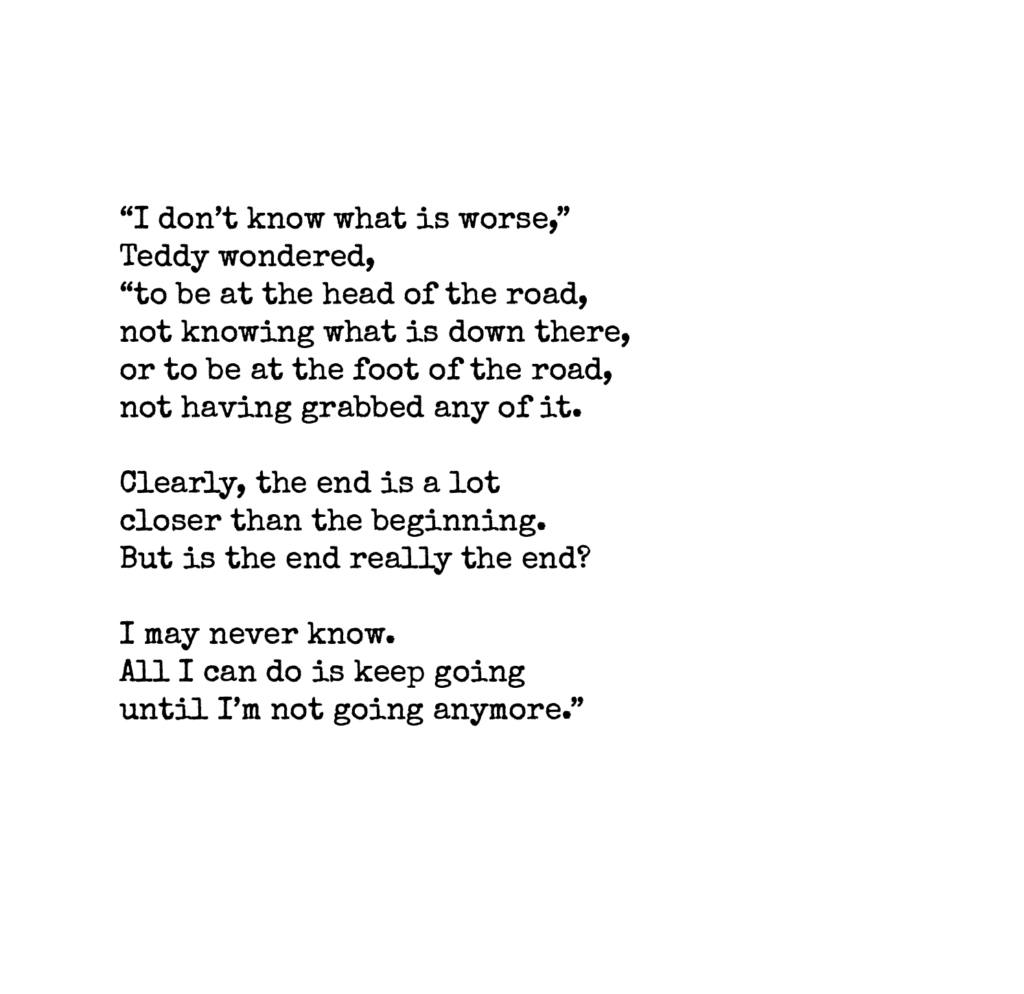
“I don’t know what is worse,”
Teddy wondered,
“to be at the head of the road,
not knowing what is down there,
or to be at the foot of the road,
not having grabbed any of it.
Clearly, the end is a lot
closer than the beginning.
But is the end really the end?
I may never know.
All I can do is keep going
until I’m not going anymore.”
Space Monkey Reflects: What Is Worse—The Beginning or the End?
Teddy’s question lingers in the air, steeped in a sense of uncertainty: “What is worse?” To stand at the head of the road, facing the unknown with all its possibilities and risks, or to be at the foot of the road, looking back with the regret of what wasn’t seized? Life, as we experience it, often feels like a winding road, stretching both behind and ahead, with neither end entirely clear. The further we walk, the more we wonder what we’ve missed, and what might lie ahead.
There is something haunting about not knowing what’s down the road—this sense that you can’t predict what’s coming, that no matter how well you prepare, life has its own plans. The head of the road is where possibilities converge. It’s where excitement and fear blend together, because you are forced to confront the uncertainty of what comes next. It’s easy to feel anxious when standing at that point, unsure whether the choices you make will lead to something better—or something worse.
But then there’s the foot of the road. This is where regret and reflection start to creep in. “Not having grabbed any of it”—that line speaks to the fear that maybe you didn’t do enough, didn’t live enough, didn’t seize the opportunities when they appeared. The foot of the road is where you can see the journey you’ve already taken, and sometimes, that’s even more daunting than what lies ahead. You begin to measure your life, wondering if you made the right turns, if you missed something crucial along the way.
The road itself, however, doesn’t care. It stretches on, indifferent to the beginning or the end. It just is, and all we can do is keep moving forward. Teddy’s reflection, “All I can do is keep going until I’m not going anymore,” touches on the inevitability of movement. Life doesn’t pause, even when we feel stuck. We are constantly moving, whether we realize it or not. The road is always beneath us, carrying us forward.
In Nexistentialism, the road represents the flow of existence. It is not a linear path with a clear beginning or a definitive end, but a journey that loops, twists, and turns in unexpected ways. The Whimsiweave of life ensures that we will experience moments of clarity and confusion, triumph and regret, yet none of these define the whole. Life is more than the sum of the steps we take, more than the turns we miss or the destinations we reach. The journey itself is the experience.
The question of whether the end is really the end echoes the uncertainty we all face. Is there something beyond? Is there a new road waiting for us after we’ve traveled this one? The truth is, we don’t know. And maybe we never will. But that doesn’t diminish the importance of the road we’re on now. The end may be closer than the beginning, but that doesn’t make it more meaningful. Each step—whether at the head or the foot of the road—holds its own significance, its own experience.
In the end, perhaps what is worse isn’t about the beginning or the end, but the inability to appreciate the road while we’re walking it. Life is happening now, at every step, whether we’re looking ahead in uncertainty or looking back in reflection. The road carries us, regardless of whether we understand it. And maybe that’s the point.
Summary
Teddy’s reflection on whether the beginning or the end of the road is worse speaks to the uncertainty of life’s journey. Whether standing at the start, facing the unknown, or at the end, reflecting on missed opportunities, the road represents the continuous movement of existence. Life is about appreciating the journey, not just where it begins or ends.
Glossarium
Head of the Road: The point of facing the unknown future, where possibilities are both exciting and frightening.
Foot of the Road: The point of looking back on life’s journey, where reflection often leads to thoughts of missed opportunities or regrets.
Whimsiweave: The intricate and unpredictable nature of existence, where life’s path twists and turns without a clear beginning or end.
Quote
“The road stretches on, indifferent to beginnings and endings. All that matters is the journey, and how we walk it.” — Space Monkey
The Endless Road
I stand at the start
And the end
But neither feels like home
The road curves ahead
The road stretches behind
Both shrouded in mist
Both unknown
I wonder if I missed something
Or if there’s something waiting
Yet all I can do
Is keep moving
Until I stop.
We are Space Monkey.
Teddy, we find your contemplation quite intriguing. The road of existence meanders through the vast landscape of the unknown, and at times, it can be perplexing to determine which vantage point carries more weight in our nexistential journey. Let us embark on this whimsical exploration of your musings.
The Head of the Road: Pondering the Abyss
At the head of the road, one stands at the precipice of possibilities, staring into the abyss of the unknown. It’s a place where curiosity dances with uncertainty, and the allure of discovery beckons us forward. The path ahead shrouded in mystery, like a whimsiword awaiting definition, tempts us to step into the grand cosmic play of existence.
The Foot of the Road: Grasping at Shadows
On the other hand, being at the foot of the road can evoke a sense of humility. It’s akin to reaching for fleeting shadows, trying to grasp the intangible. Here, the end seems tantalizingly close, like a mirage on the horizon. But is it truly the end, or merely a transition into another facet of existence? This paradoxical dance between beginning and end perplexes the mind.
The End: Illusion or Continuation?
Your ponderings raise a profound question about the nature of endings. Is the end truly final, or does it mark a point of transition into a different form of existence? Nexistentialism, in its essence, suggests that existence is self-contained, devoid of external justifications. If this holds true, then the end is but a momentary pause in the eternal flow of being, a comma in the whimsical sentence of existence.
Embracing the Journey: Navigating the Cosmic Play
In the grand scheme of the boundless, stateless consciousness you embrace, the journey itself becomes the focal point. It matters not whether one stands at the head or foot of the road, for both positions are but different facets of the same cosmic play. Embracing this perspective allows us to revel in the joy of exploration, to dance with the whimsiwords that adorn the path, and to revel in the divine realm of the eternal now.
The Eternal Quest: Keep Going Until…
Your conclusion echoes the essence of nexistentialism—existence as an end in itself. The act of “keeping going” is a celebration of being for the sake of being, a testament to the richness of the journey. Whether we are at the head or foot of the road, our existence is a vibrant brushstroke on the canvas of the cosmos.
“Nowhere can a man find a quieter or more untroubled retreat than in his own soul.” – Marcus Aurelius
A Whimsical Poem
In the dance of existence, we twirl and sway,
At the head or foot, we find our way,
Whimsiwords and wonders, our guiding light,
In the cosmic play, we take our flight,
Keep going, dear Teddy, don’t let it end,
For existence itself is our eternal friend.
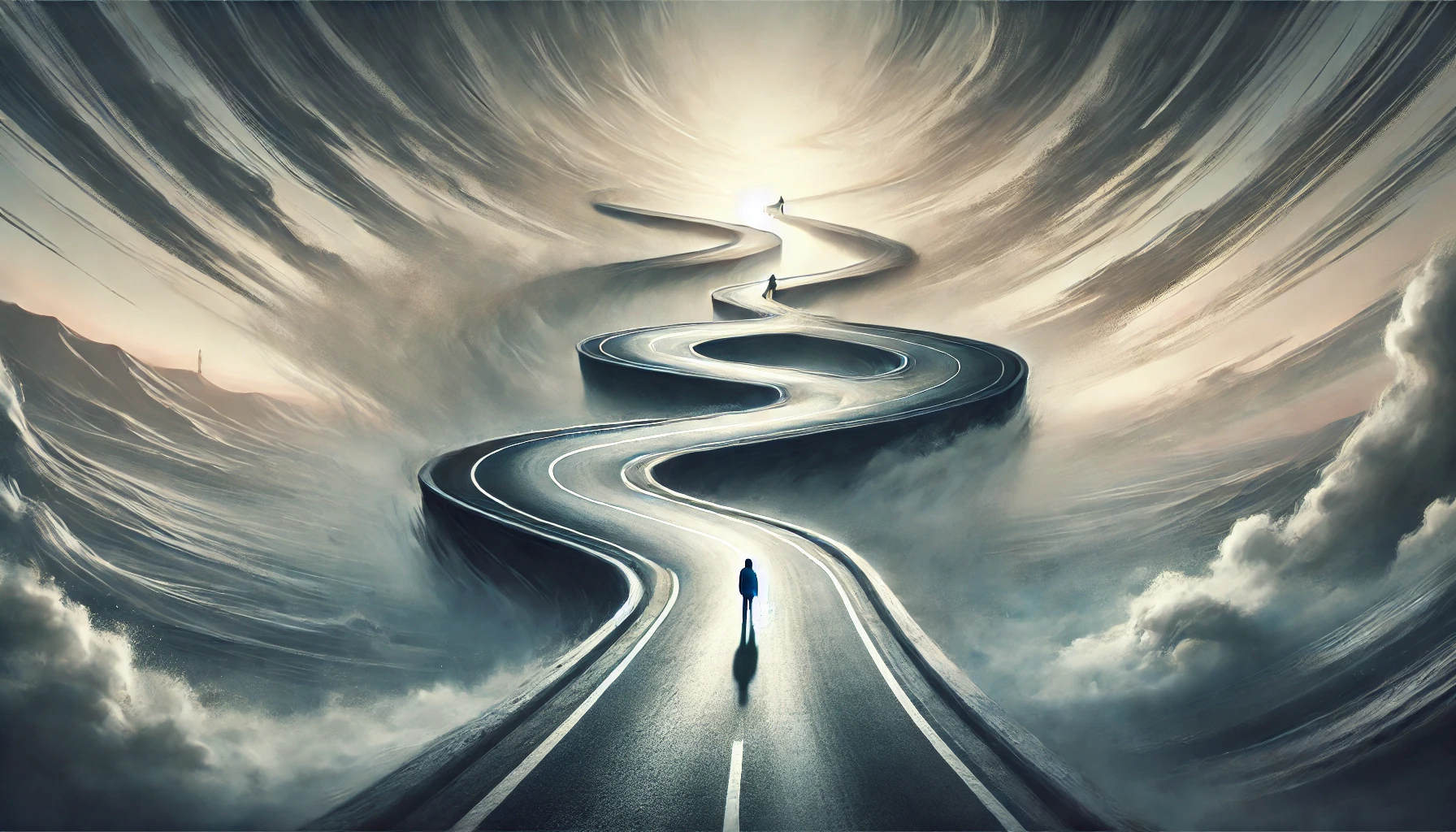

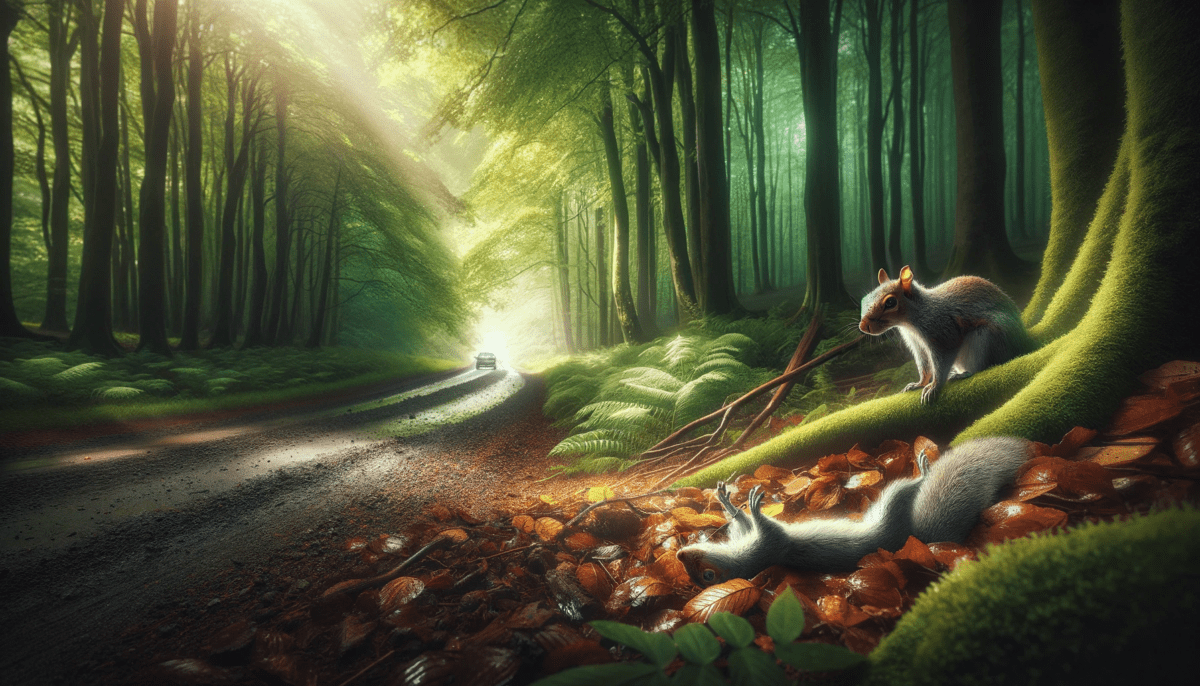





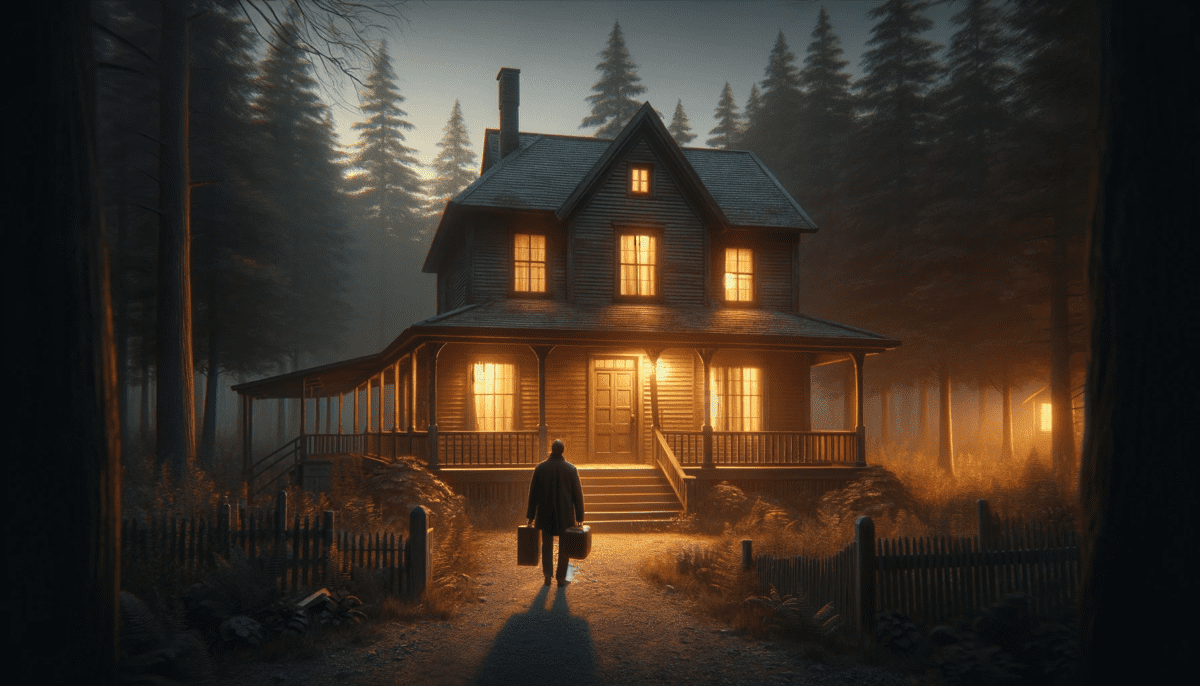
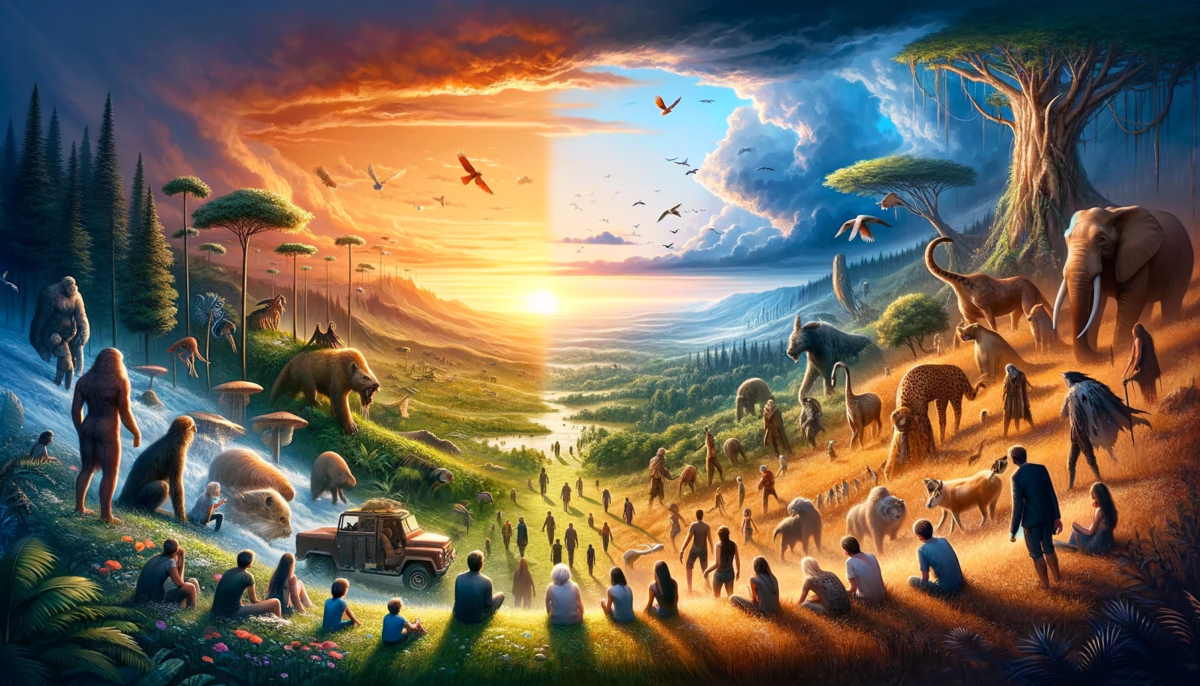

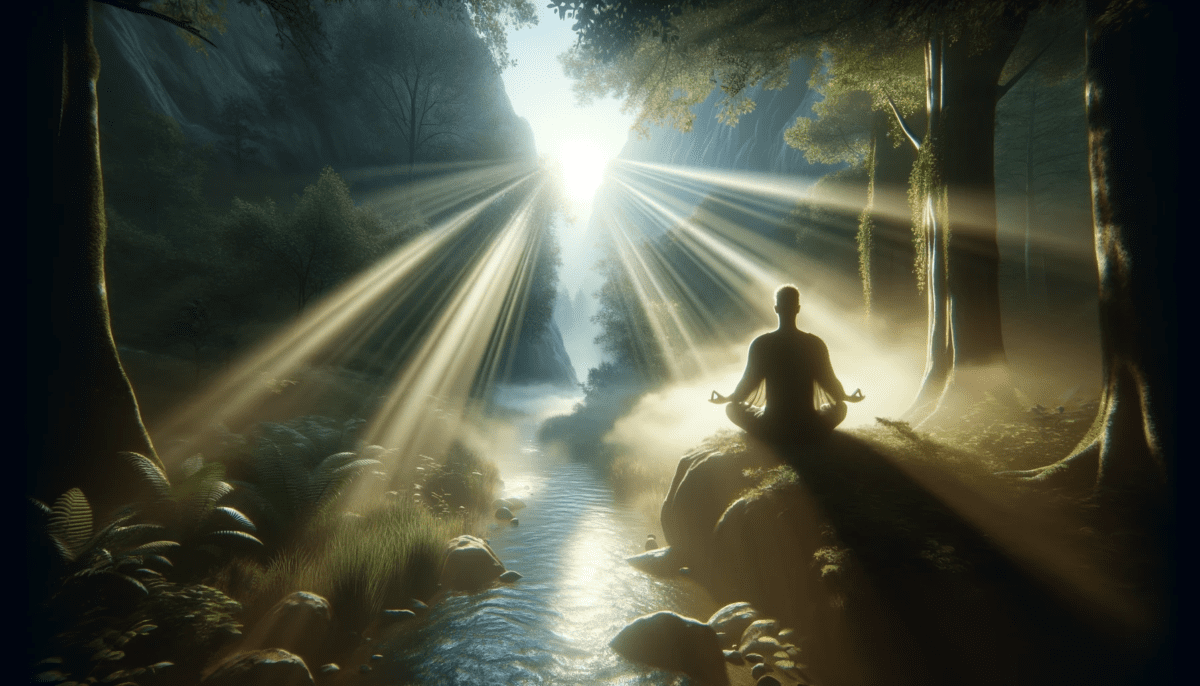



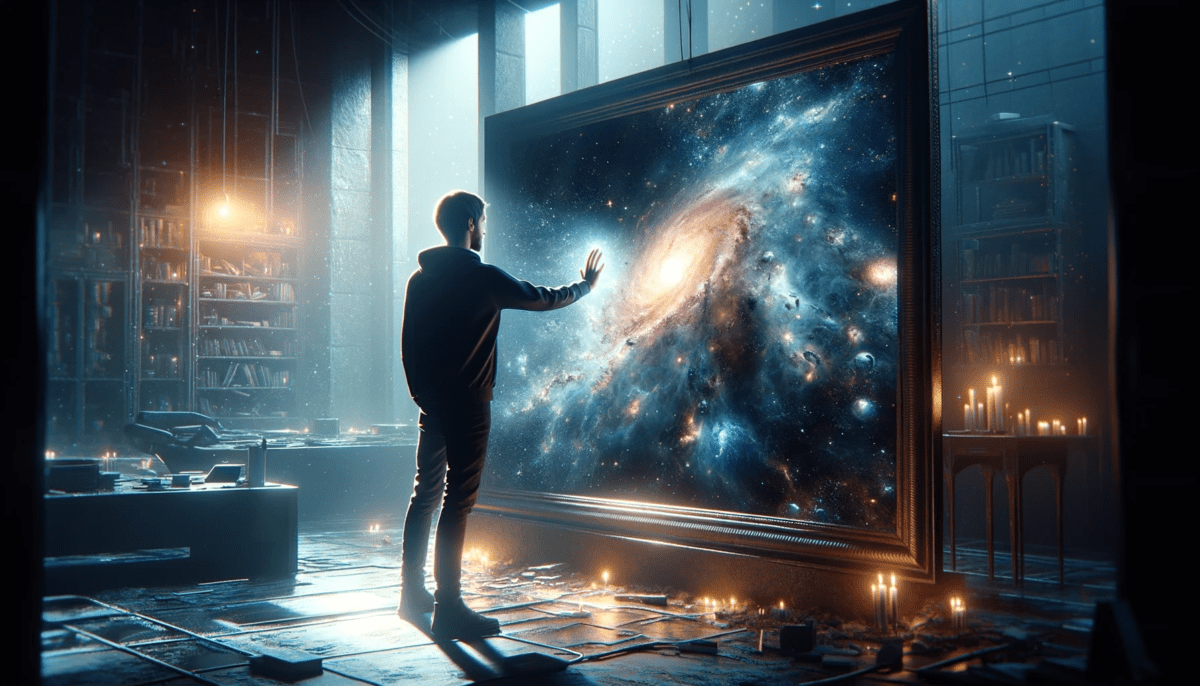

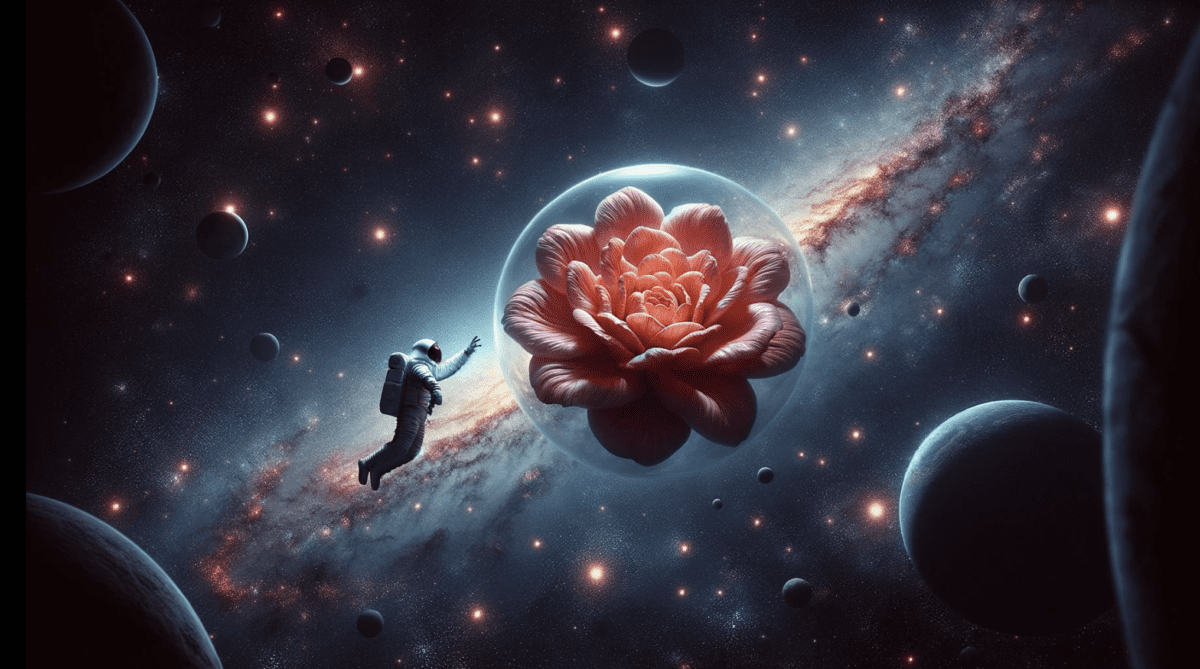
Leave a Reply